I am a fairly new grower of African violets and I currently have a collection of approximately 50 violets that I wick water on a lighted plant stand under four-foot 40 watt fluorescent shop lights. My potting mix consists of approximately equal parts of sphagnum peat, coarse vermiculite, and perlite. I have not been totally happy with my success, and have been dealing with plant symptoms that include slow growth, limited blooms, and tight and pale colored centers. Reading from African violet books and forum threads that these symptoms may be caused by too much fertilizer, too much light, spider mites, or pH issues, I have tried to identify my specific problem. I have tried reducing the amount of fertilizer that I use and experimented with decreasing the amount of light intensity, but this has not corrected the problem. I purchased 10X, 20X and 30X loupes to closely examine for microscopic mites and that does not seem to be the problem either. Recently I purchased a pH meter and today did some testing to see if potting mixture pH may be the culprit. I have read that the potting mixtures for African violets should be in the range of 6.5-6.9. Although I am not a chemist and the pH tests that I conducted were not done in a laboratory under exact scientific conditions I still wanted to share my results.
My pH meter was calibrated by the manufacturer and is supposed to have an accuracy of + or 0.07 with a resolution of 0.01. Between testing each sample I rinsed the pH probe in distilled water as was recommended. I tested the potting mix in 10 of my AV plant pots, five that were potted in the last week, recently potted (RP), and five that were potted 4-5 months ago, not recently potted (NRP), to see if there was a significant difference in the pH of the mixture that had been in the pots for a longer period of time. I also tested my water source straight from the faucet, my water after adding a pH stabilizer, my fertilizer, a sample of the algae control that I use, and my water again once all these various ingredients had been added. I also tested the individual components of the potting mix that I use and then tested their pH once they were combined.
These are my findings;
10 Potiing Mixture Samples
RP1 = 5.0 pH
RP2 = 4.92 pH
RP3= 4.86 pH
RP4= 4.80 pH
RP5= 4.87 pH
NRP1= 4.68 pH
NRP2= 4.51 pH
NRP3= 4.82 pH
NRP4= 5.06 pH
NRP5= 4.33 pH
My findings revealed that the not recently potted (NRP) plant mix samples on average were slightly more acidic (4.68 pH), than the average of the mixture in the recently potted (RP) plants, which averaged a pH of 4.89.
Water and Ingredients
Water from my faucet = 5.62 pH
Gallon of Water + 1 tsp of WardleyÂs Wellness Bullseye 7.0 = 6.57 pH
Fertilizer (14-12-14) = 2.51 pH
Gallon of Water + 1 tsp Bullseye + ¼ tsp Fertilizer = 6.39 pH
Physan 20 = 7.55 pH
Gallon of Water + 1 tsp Bullseye 7.0 + ¼ tsp Fertilizer + ½ tsp Physan 20 = 6.45 pH
Potting Mixture Ingredients
1 cup Sphagnum Peat + 2 Tbs of distilled water = 3.66 pH
1 cup Perlite + 2 Tbs of distilled water = 8.02 pH
1 cup Vermiculite (coarse) + 2 Tbs of distilled water = 9.34 pH
Potting ingredients mixed together and combined with distilled water = 4.12 pH
(Distilled water was added to the dry mix ingredients to make a more consistent mix)
From my experiments, I now believe that my problem is probably directly related to potting mix pH and specifically to the acidic Sphagnum Peat (3.66 pH) that I am currently using. I now plan to do some additional pH testing to see how much dolomite lime should be added to my potting mix to bring the pH into the 6.5-6.9 range. If anyone has any suggestions regarding what amounts of lime to use, or other suggestions, I would greatly appreciate hearing from you. If your African violets are displaying similar symptoms to what I have described above maybe the information that I have provided will be of some benefit.
Thanks!
Curtis


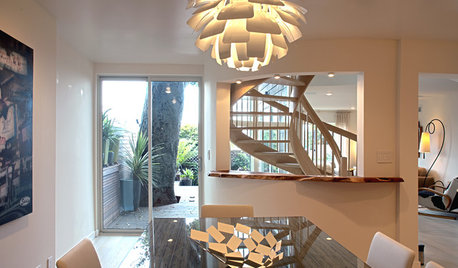

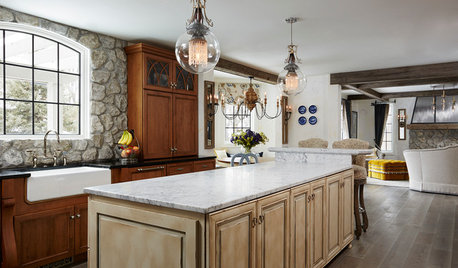
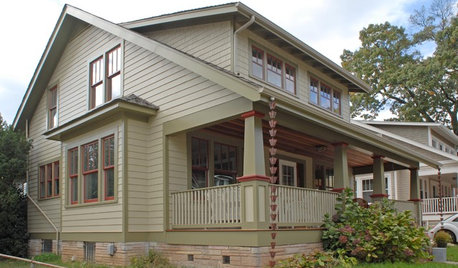

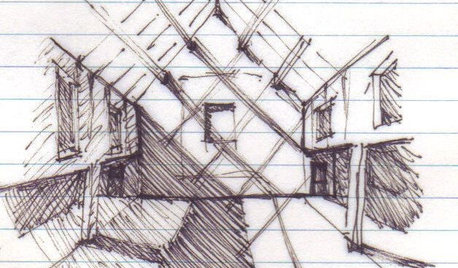








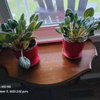
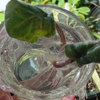
korina
bspofford
Related Professionals
Windham Landscape Architects & Landscape Designers · Barrington Hills Landscape Architects & Landscape Designers · Fort Lee Landscape Architects & Landscape Designers · Sahuarita Landscape Architects & Landscape Designers · Billerica Landscape Contractors · Goodyear Landscape Contractors · Bound Brook Landscape Contractors · Burlington Landscape Contractors · Galt Landscape Contractors · Lake Worth Landscape Contractors · Nashua Landscape Contractors · Palm Beach Gardens Landscape Contractors · Porterville Landscape Contractors · West Chester Landscape Contractors · West Coon Rapids Landscape Contractorsbspofford
curtis0353Original Author
irina_co
irina_co